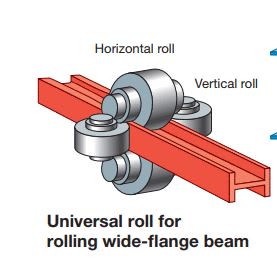Bobby46
Structural
- May 29, 2018
- 47
I was curious if anyone knows the reason that AISC Table 1-1 has multiple sections for an individual beam size. Is it to signify some strength difference or availability?
For example: W36 are listed in two "groups". There is a grouping of W36x135 to W36x256 and a separate grouping for W36x231 to W36x652 on the same page
For example: W36 are listed in two "groups". There is a grouping of W36x135 to W36x256 and a separate grouping for W36x231 to W36x652 on the same page

